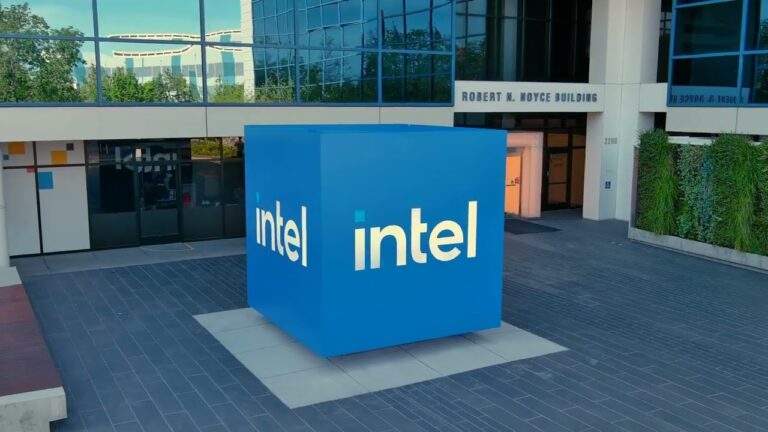The year-round tussle centering around the control of the base and the subsequent capability of any positioning options reasonably offered has been withstanding this function precisely sequentially. Though on several occasions, there has been an effort to raise the price of the famous currency, the area has been supressed and further down for the longest time. This last rejection happened on the 27th of August that led to a bearish move which corrected Bitcoin by a sharp 9.9% downwards to $57,918 as of 28th August 2021.
Consequently, the forced liquidation of leveraged Bitcoin long positions amounting to $143 million occurred across a number of derivatives exchanges in the driven sell off. At this point, attention is fully focused on why Bitcoin is able to breach the $60000 level over and over again, but fail to stay above it.
Market Dynamics and External Factors
Many factors, both internal and external, cross border barriers, have always played a significant role in Bitcoin performance trends. While some analysts blame the penetration on weak capital inflow, others point to weak net outflows from spot Bitcoin exchange-traded funds. Nonetheless, those out flows most of the time are considered to be a lagging measure of Bitcoin’s demand.
Most of the traders usually respond to the news after an event occurs,such that the majority of them do not try to predict what might happen in the future. Larger correlations can be made between the recent correction in Bitcoin and the changes observed in the S&P 500 index. Hhow the increased integration of the cryptocurrency markets and conventional finance markets is seen.
A key factor that catalyzed this was the sharp move up in the 2-year U.S. Treasury yields. The yields, which hit a three-week low of 3.85% before falling on August 29, were remarkably reversed, growing by 3.90% The Zacks report explained how this lower risk aversion can be traced to such issues as the forthcoming earnings release of Nvidia and the expected US PCE index.
Nvidia Earnings and Inflation Fears
While Nvidia’s earnings were better than expected, the shares fell to a two-week trough post trade. Both traditional and cryptocurrency markets were rocked by this unforeseen behavior from one of the biggest technological firms on the market.
Investors will be enthused by the PCE index which grew 2.6 percent year on year and therefore tracking the market closely, was not surprising The optimism provided for this data implied that an expansionary aspect of the Federal Reserve could be realized in the near future after a long phase of combating inflation using restrictive monetary policies.
With regard to these factors, the concern with the residual bias from the traditional finance investors helps to rationalize the sharp turn down of bitcoin from the $61,000 mark on august 29. The dependence on the growth of technology companies on account of the demand for AI, and a subsequent hope for an interest cut in September, led to a whirling storm of fears that permeated through various classes of assets including cryptocurrencies.
September Bitcoin Price Forecast
New reports, specifically the July PCE, show that bitcoin has dropped to $59,000. Explained in context, this is how the price of the digital currency has done over the years during the month of September. Said Innokenty Isers, Paybis Founder: ‘September has been a bearish month for Bitcoin – it reveals 6.56% average value depletion rate over the quarter.”
Still though, Isers sounds optimism: “If FOMC cuts rates in September, then it may actually help bitcoin change the mythology of this month for the better. This is so due to the fact that, where the federal funds rate is lowered, too much US Dollars are then available in the economy and therefore the economy becomes over-dollared.”
But attendant challenges of the month of September when it comes to the price of bitcoin history made Isers say is the time for expansion concerned with macroeconomic indicators and favorable hashrate of this month may still apply.




+ There are no comments
Add yours